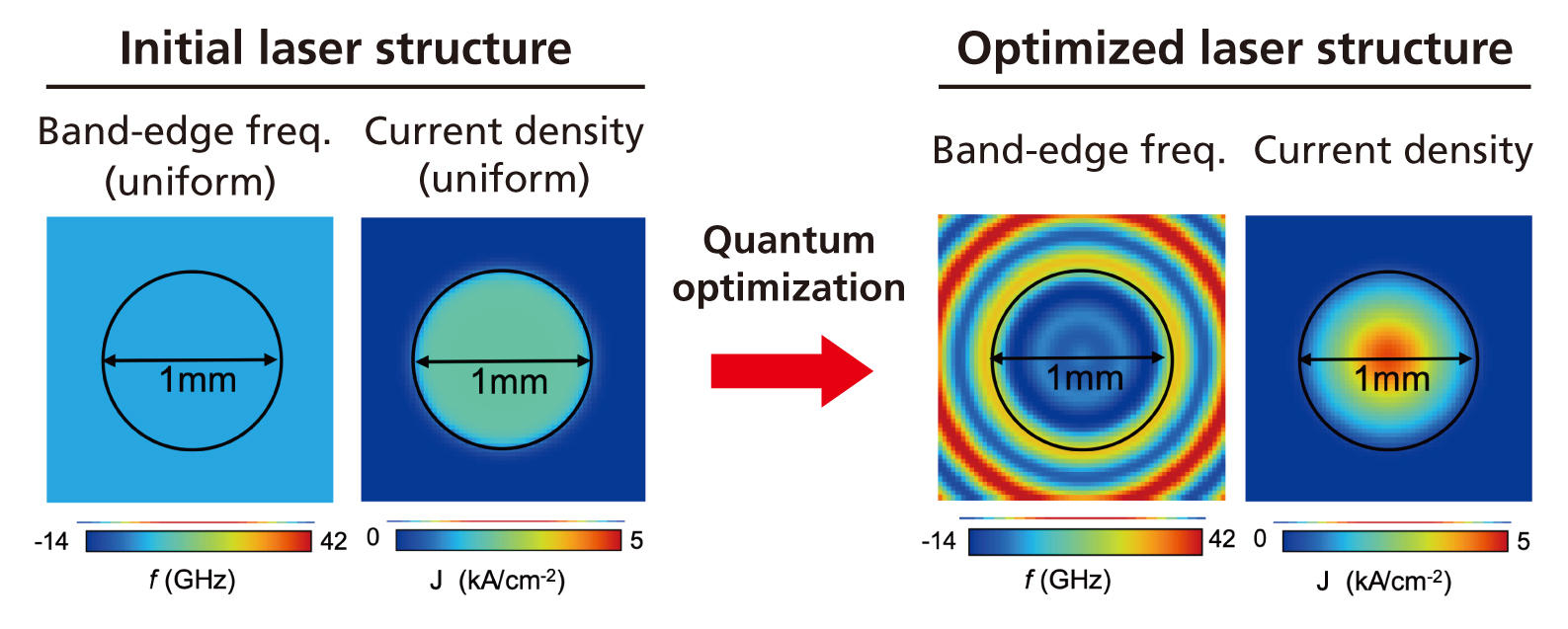- Home
- New Kyurizukai
- Quantum Annealing from Keio's Faculty of Science and Technology
Quantum Annealing from Keio's Faculty of Science and Technology Challenging the Frontier of Physics and Information Science
Even when things felt they weren’t going well,
I would ask, “What can I do now?”
This helped me gain a lot of valuable experiences.
“I went from place to place before I landed my permanent research position,” says Associate Professor Tanaka. Yet even throughout that period of uncertainty, he made use of his circumstances, and he has since established his own place in the new research field of quantum annealing. Now that he is the laboratory head, he shows a tougher side, saying, “Life is not so easy.” Yet at the same time, he hopes that students with different backgrounds will be able to demonstrate their abilities and play an active role in their respective fields.
Shu Tanaka
Shu Tanaka specializes in Ising machines, quantum annealing, statistical mechanics, computational physics, and condensed matter theory. He graduated from the Department of Physics, Faculty of Science, University of Tokyo in 2008 and completed his doctoral degree at the Graduate School of Science in 2008. He holds a Ph.D in Science. After working for the Institute for Solid State Physics in the University of Tokyo, Kinki University, the Department of Chemistry in the University of Tokyo’s Faculty of Science, the Yukawa Institute for Theoretical Physics in Kyoto University, the Waseda Institute for Advanced Study, the Green Computing Systems Research Organization in Waseda University, he has been in his current position since 2020. Since 2022, he has served as Core Director of the Human Biology Microbiome Quantum Research Center (Bio2Q) at Keio University and CTO of Quanmatic, a start-up company he founded. He is also serving as Chair of the Center of Innovation for Sustainable Quantum AI as of 2024.
The Research
This issue features Associate Professor Shu Tanaka and his research in quantum annealing and its various areas of hardware, software, and application.
The Joy of Pioneering the Frontier between Physics and Information Science
Perfectly harnessing the essence of quantum physics
Shu Tanaka’s research was founded on an idea that left an impression on him as an undergraduate: “Understand information, which deals with the artificial phenomena, in the language of physics, which deals with the natural phenomena.”Today physics and information stand at the forefront of science.Shu Tanaka’s computation method makes use of quantum fluctuations to solve combinatorial optimization problems. He seeks to revolutionize the way in which we can improve efficiency in different areas such as shipping logistics, production systems, and the development of new materials.
Is the world made up of combinatorial optimization problems?
From the moment we wake up in the morning, we make a series of choices on what clothes to wear, what to eat for breakfast, what route to take to school or work, and more. We make these choices based on various criteria such as how something looks, how efficient it is, and how safe it is. As Associate Professor Shu Tanaka explains, “The task of selecting the most optimal choice from a large number of options based on a set criteria is called a ‘combinatorial optimization problem.’”
There are a countless number of these types of problems in industry and in one’s own work, such as figuring out what is the most efficient order for carrying out a task. These problems can arise when making deliveries, operating machinery and equipment, and many other situations. One of the difficulties of this type of problem is that the number of combinatorial options explodes exponentially when there are, for example, more places to deliver a shipment. “It is there,” he says, “that we needed to devise a smarter way, a better algorithm, to solve these problems. This is where a quantum computing technique called quantum annealing comes in. It holds great potential in solving combinatorial optimization problems at high speeds, and has been in the spotlight recently" (Fig. 1).
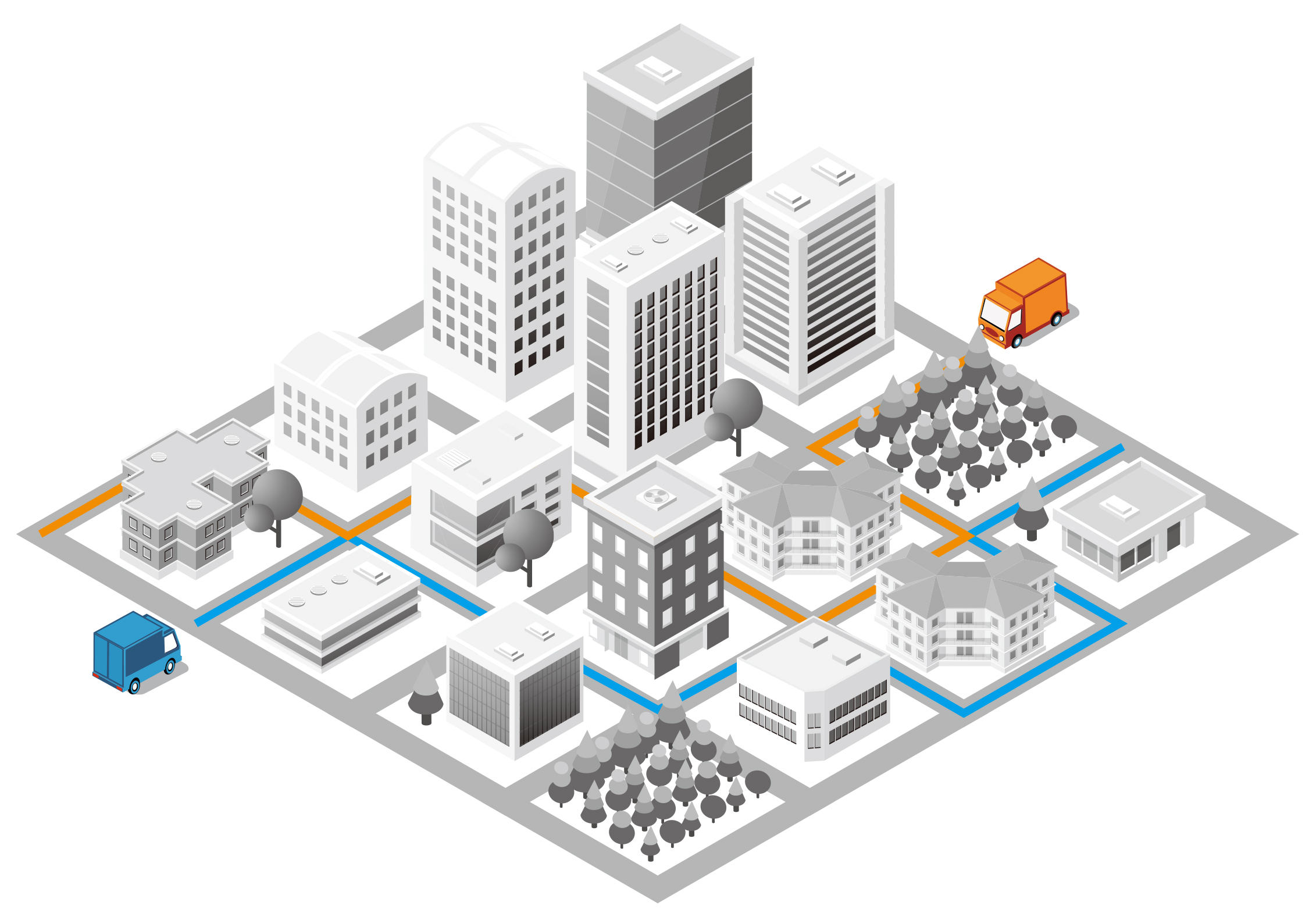
Fig. 1. Optimizing a delivery plan Quantum annealing can quickly find solutions to questions such as "What is the most efficient route to deliver a set of shipments?”
Applying physical phenomena to computing techniques
Quantum annealing is a computing technique where one can efficiently arrive at the solution of an optimization problem. This type of quantum computing is currently garnering attention and can be positioned at the intersection of physics and information science.
“To optimize something is to ‘maximize’ or ‘minimize’ it,” says Tanaka. “In either case, the optimization is handled the same way mathematically. Here, we can think in terms of minimization. In physics the lower an energy state something has, the more stable it is said to be. Quantum annealing is designed to apply this idea to combinatorial optimization problems. In other words, you can think of it as finding the most efficient solution to a combinatorial optimization problem by seeking out a stable state with low energy.”
“Annealing” is a term that comes from metallurgy and materials science. To form an alloy, the metal atoms that make up the alloy are broken apart by heat, and the temperature is slowly lowered. This produces a stable molecular arrangement. The method of making computations scientists call “simulated annealing” takes its cue from this process. However, while simulated annealing uses heat, quantum annealing uses quantum fluctuations instead. With quantum fluctuations, the values written to a qubit are quantum superpositions of 0s and 1s. As the quantum fluctuation is weakened from that state, those 0s and 1s settle and become stable, and the values generated at that time mark the solution to the combinatorial optimization problem.
As Tanaka explains, “Quantum annealing is a computing method that was published in a 1998 paper by Professor Hidetoshi Nishimori of the Nishimori Group at the Tokyo Institute of Technology (now the Institute of Science Tokyo as of October 2024), which I joined for my research in 2002. The Nishimori Group was truly a laboratory that approached information science with physics.”
Methods such as quantum annealing that use the mechanisms of natural phenomena to compute something are called “natural computing.” Quantum annealing, in particular, has become popular among scientists, as it was the method used by the Canadian quantum computing company D-Wave to deploy the world’s first commercial quantum annealer in 2011.
Fusing AI and Quantum Annealing
To use the quantum annealing computing technique, the problem needs to be formulated as a function for the Ising model or Quadratic Unconstrained Binary Optimization (QUBO) model. However, while some problems can be simple to solve using such functions, others can be difficult. Some problems cannot even be formulated as functions in the first place.
“When tackling a combinatorial optimization problem related to a social issue, the first step is to formulate a function by referring to past research cases and looking for similar types or extrapolating from what existed at the time, since each problem already has some kind of fixed type. I think that the ability to think about how to formulate functions when encountering completely new types of combinatorial optimization problems is one of our strengths as professional researchers,” he said. With his wealth of experience and a keen intuition, Tanaka has worked with a variety of companies to implement optimization strategies in the distribution of advertisements, travel planning, transportation, and integrated circuit design. Now, he is focusing on combining AI and quantum annealing. It was during his doctoral program that he decided to fix his gaze on this field in particular.
“It all started when I was talking with a friend who was working on research in informational science, which got me wondering if I could do something interesting by combining machine learning and quantum annealing. In 2009, I presented a paper on this at an international conference on artificial intelligence. For a while after I received my degree, I did very little quantum annealing research, but then I was contacted by a company that expressed interest in this paper, and that led to a return to that topic,” he said.
After repeated discussions with researchers at the University of Tokyo and the National Institute for Materials Science, he came up with and developed a tool called Factorization Machine with Quantum Annealing (FMQA), which uses machine learning to convert problems into the Ising model or a QUBO format. Currently, he is hard at work developing various applications using FMQA, as well as working on R&D to advance it further (Fig. 2).
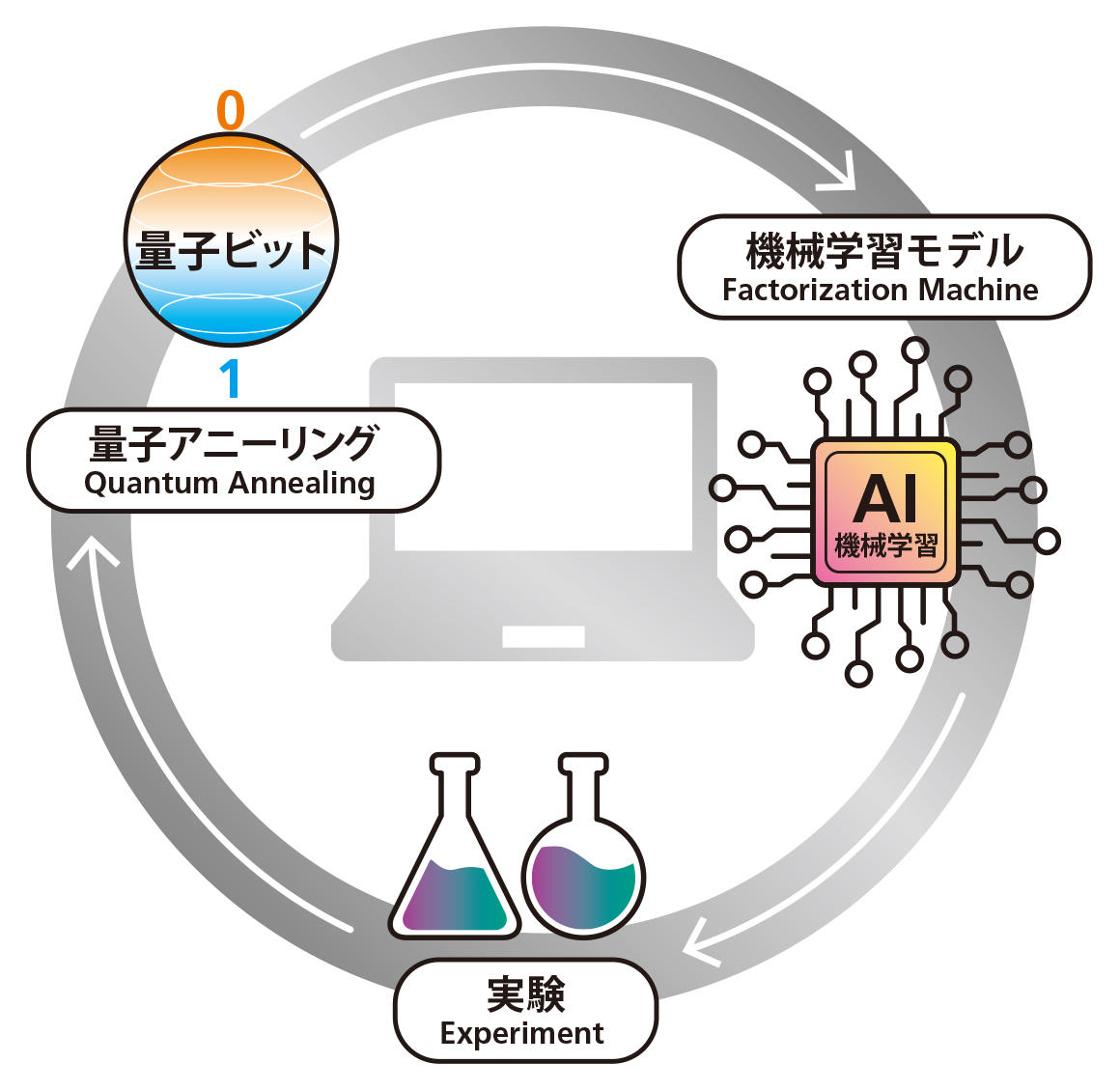
Figure 2: A prosthetic leg (left) and how it compresses (middle) as well as thermal images showing difference between material with and without foreign contaminants (right) The dark blue patch in the left portion of the bottom image depicts a square foreign substance. There are no foreign substances in the top image.
“For example,” explains Tanaka, “If you wanted to develop a new material that conducts electricity well by mixing several substances, you would first mix those substances in various proportions, measure the current passing through, and produce data showing that the ratio of this mixture conducts this much electricity. With FMQA, you would use machine learning based on those sets of data to create functions to be utilized with the Ising model or QUBO. A quantum annealing machine would then be used to search for the optimal solution to this function. The solution that emerges at this time would indicate the mixing ratio that should be tried next in the experiment.”
In other words, quantum annealing replaces the “intuition” of experimental scientists who look at the results of an experiment and link them to the next experiment. FMQA is run again based on the results of the experiments conducted according to this. As this process is repeated, the accuracy of the functions gradually improves, and it will eventually be possible to find a ratio with the desired conductivity. “We are working with companies and universities to explore the materials we can use and develop other applications using this method,” he adds (Fig. 3).
Fig. 3 Results of structural optimization of photonic-crystal lasers via quantum annealing The distribution of frequency and injected current are completely different between the conventionally designed photonic-crystal lasers (left) and those using quantum annealing (right), indicating that a device structure with nontrivial spatial distribution can be obtained.
His paper on using FMQA was published in 2020, and it seems that people in various fields besides the materials field have expressed interest in it. “There have been quite a few companies who have approached us and said, ‘While we can’t announce it publicly yet, we are conducting research using FMQA,’” he says. FMQA is an optimization tool utilizing repeated trial-and-error experiments that lead us to a scientific discovery; in other words, it is a black box optimization algorithm. “I myself am very much looking forward to seeing the many different examples of ‘black box optimization’ that will emerge through the application of FMQA.”
Interview
The Interview: Associate Professor Shu Tanaka
Everyone looked so grown-up in college
I understand that you are an Edokko (someone born and raised in Tokyo), correct?
I was born in Edogawa Ward in Tokyo, and went to the Tokyo Metropolitan Ryogoku High School. It was also where the famous writer Ryunosuke Akutagawa graduated before me. I guess my tendency to not worry about details is what makes me feel I am an Edokko. I went to the Tokyo Institute of Technology (Institute of Science Tokyo from October 2024) for my undergraduate and went on to the University of Tokyo for my graduate studies. Since I did not have a lot of financial leeway, I chose to study at a public educational institution.
What I remember most about my time in university is that all of my friends who came out of private high schools in the center of the city were very knowledgeable and mature. I was anxious and eager to prove myself because I felt so far behind. When I think about it now, I wonder if everyone was desperately trying to do the same. This is probably a feeling that many people have to some degree when they are young. In the end, I realized that there is no point in rushing things, and that first and foremost, it is important to fulfill your role as a university student, for doing so will be a huge boon for the rest of your life.
Getting involved with quantum annealing research
What did you study in university and graduate school?
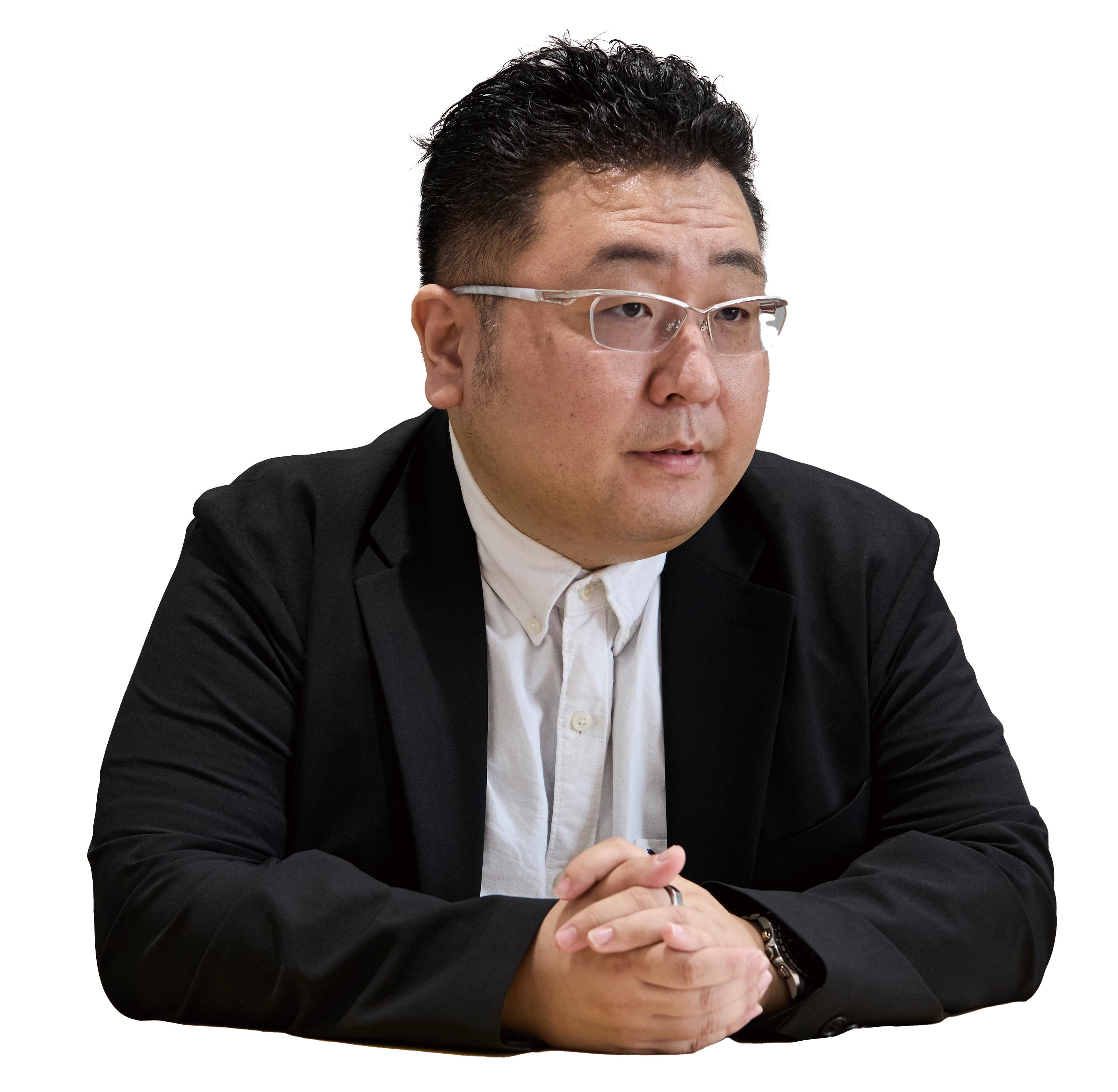
Throughout my schooling I studied physics. When I was in junior high or high school, I became really drawn to physics when I saw pictures and videos of magnets floating over superconductors. The physics I had learned up to that point was about everyday phenomena like “things falling down.” I thought that was all there was to it, so it did not make a strong impression on me. Then I found out that things could happen that you wouldn’t think as everyday phenomena such as “things floating.” I thought, “If I learn physics, I’ll be able to study about these kinds of phenomena, too!” It was from that point that I started thinking about a career in physics. In my fourth year of university in 2002, the first place I officially began research at was Professor Hidetoshi Nishimori’s laboratory at the Tokyo Institute of Technology. In his physics lab at the time, Professor Nishimori was already working on quantum annealing. For our graduation thesis, he offered three research topic options. The first was deriving relational expressions in physics by ourselves using only pen and paper, without the aid of a computer. The second was conducting research on image restoration. The third was quantum annealing. I was actually not interested in quantum annealing at the time, so I ended up choosing the option to tackle a problem with just pen and paper. It’s something that many aspiring physicists dream of doing. Since I was a senior in college, I had only touched upon the relational expressions in physics reading them in existing papers at the time. Still, a very high level of mathematics was required. Today, when I see students grumbling about physics calculations, I think back to those days and can’t help telling them, “It’s a good thing they’re even solvable. Doing research means you have to take on solving problems that you don't even know if you can solve.”
What led you to study quantum annealing, which you discussed in the research introduction section?
It was during my doctoral studies. I was working under Professor Seiji Miyashita at the University of Tokyo, and one day I came across a paper on quantum annealing that I thought was very interesting. When I mentioned this to Professor Miyashita, he encouraged me to give researching it a shot. When you look at the word “physics,” you can see that it deals with “the physical.” It was therefore a surprise to learn that non-physical things like information can be handled by a physical phenomenon called “quantum annealing.”
Did you go on to continue researching about quantum annealing from that point onward?
Actually, no. In difficult academic fields, we often hear wonderful stories about how the results of years of research come to fruition, but not in my case. I was unable to get a permanent position for a long time and went through multiple universities. Because I worked on research topics that I encountered at each of those universities, I did not work exclusively on quantum annealing for many years.
I spent two years at the Institute for Solid State Physics in the University of Tokyo, one year at Kinki University, three years at the Department of Chemistry in the University of Tokyo’s Faculty of Science, one year at the Yukawa Institute for Theoretical Physics in Kyoto University, three years at the Waseda Institute for Advanced Study, and two years at the Green Computing Systems Research Organization in Waseda University. Including the laboratories at the Tokyo Institute of Technology and the University of Tokyo, where I spent my time as a student, the Department of Applied Physics and Physico-Informatics in the Faculty of Science and Technology at Keio University counts as my tenth department. In particular, my post at Kinki University from April 2010 was decided around February 15, about 40 days before I was set to start there. Since I was in high school, I had been working part-time to buy books and pay for entrance exams. I kept an optimistic outlook, thinking to myself that as long as I had enough to get by I could manage. However, the fact that I had not been able to find a full-time position by that point was breaking my heart as a 29 year old.
It was around 2014, while I was at Kyoto University, that I began to focus on quantum annealing research, which I had been working on as side work since I received my Ph.D. It was at that time that a company expressed interest in a paper I had published in 2009 on my research combining machine learning and quantum annealing. This helped get me serious about quantum annealing research.
I want students to make the most of the Keio University environment
While it was a rough time back then, it seems you had a really difficult time after graduation.
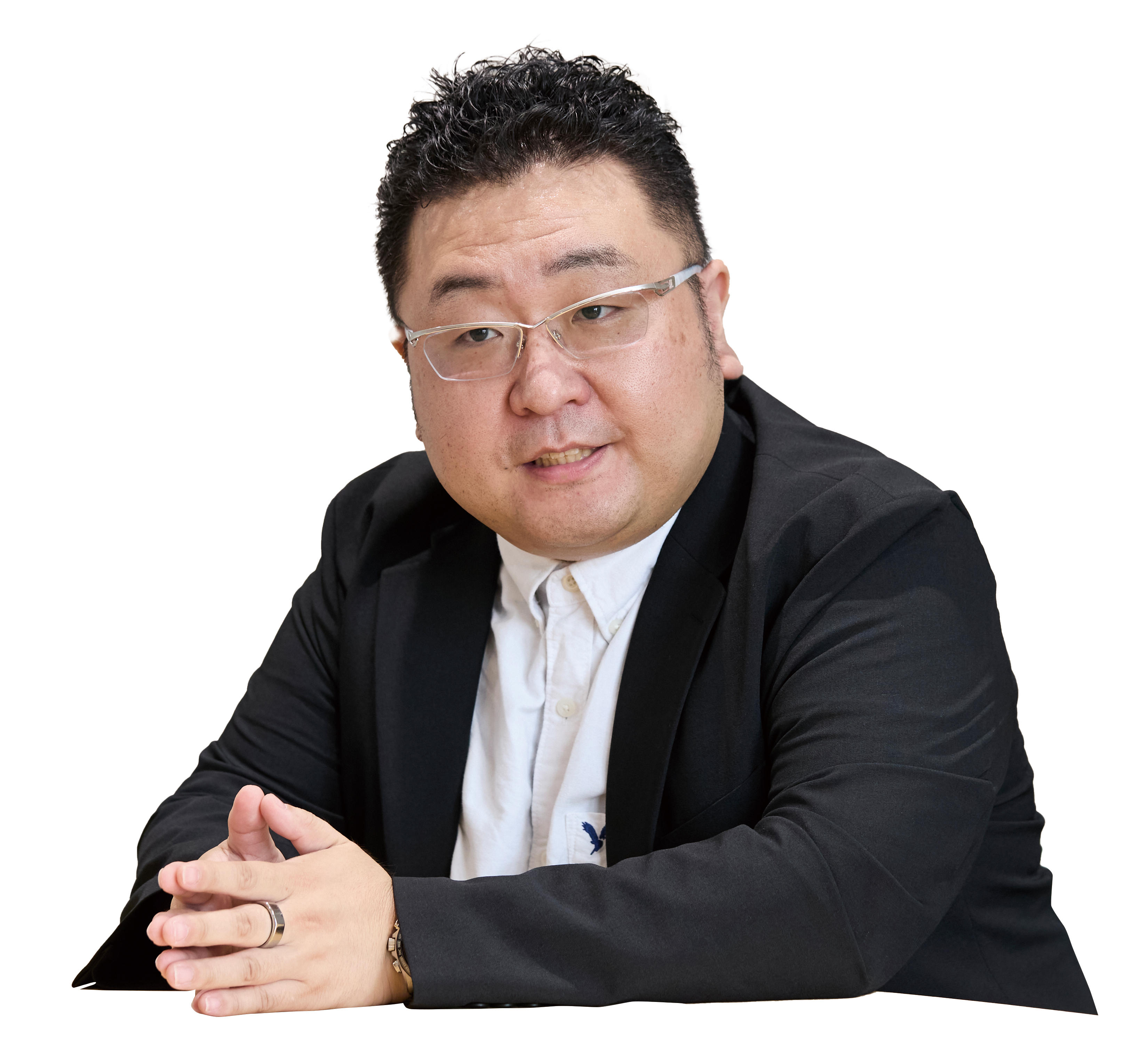
It was certainly tough, but I also saw friends who were similarly struggling to find jobs during the so-called “Employment Ice Age,” and I think I was able to make the most of the circumstances I was in at the time without being too discouraged. In my post-graduation career, I worked primarily with supercomputers and other computer simulations to gain insight into the properties of novel materials. One day, however, I began to think, “wouldn’t it be a good idea to know about experiments that actually create substances.” And when I was in the Ohkoshi Laboratory at the University of Tokyo’s Department of Chemistry, I underwent training in chemical experiments and learned how measurements and synthesis are actually done. The active learning from researchers in other fields and, above all, the fact that they were right next to me where I could converse with them on a daily basis, fostered a sense of diversity in me. It was sometimes difficult to dive into a different field of study and conduct research while working through cultural differences, but I believe I developed insight and communication skills from that experience. I feel that this experience served me well in my various roles, such as head of a national project and CTO (Chief Technical Officer) of the venture company Quanmatic.
What kind of place is Keio University compared to all your experiences thus far?
Although each student’s circumstances are different, I believe that Keio University is a very good place to be. The Hiyoshi Campus is home to students from a variety of fields, not just science. Spending a period of time there while still young cultivates a broad perspective. Then as the student progresses in their schooling and moves on to the science-focused Yagami Campus, they turn to concentrate on their own specialty.
I myself have no experience studying abroad. Since arriving at Keio University, many students have told me that they are interested in studying abroad. While I feel that studying abroad is a good thing, after arriving where I am as a researcher, I would like students to first consider whether or not they are making the most of their present environment. Keio University has faculty members and colleagues all unique in their makeup, and people in the administrative department are very supportive. Even if for some reason you cannot go abroad to study or do something special, Keio students are in a good environment to learn and experience a lot. I hope that all students will absorb as much as they can there and use that experience to take a very active role in the future. And I hope I can help in any small way I can to make that a possibility.
Some words from Students…
●In the beginning, my friend took me to visit Professor Tanaka’s laboratory. The professor told me, “Why not come back again? You can visit as many times as you want until you feel this place is for you.” I did so and through the visits I felt that the vibe with the professor and students was good. I thought, “This is the only place for me!” I would like to go to graduate school and develop myself more in this world (4th year undergraduate student).
● I am currently studying the relationship between quantum annealing and physics to improve the performance of quantum computers. I am from the Shu Tanaka Group’s first cohort of students. Although studying is not my forte, Professor Tanaka taught me about the difference between study and research and showed much kindness in guiding me through the process. I thought about joining the workforce after graduation, but I went on to a doctoral program and am doing research day-to-day. I want to be a great researcher like the professor (1st year doctoral student).
● In 2020, I was in the workforce. I had the opportunity to talk to the professor about my desire to do research, and he invited me to come to Keio University, where he had set up his laboratory. I earned my Ph.D in 2023 through the Shu Tanaka Group while simultaneously working in the private sector. This was my first research endeavor in the field of physics, but my professor eliminated all the reasons why I thought it was impossible and set me on a new path. He is a student-oriented person, and no matter how busy he is, he speaks individually with every student in the lab once a week. He is kind and not only do I consult with him about my research, but also about my career (project assistant professor).
(Interview and transcription: Akiko Ikeda)

